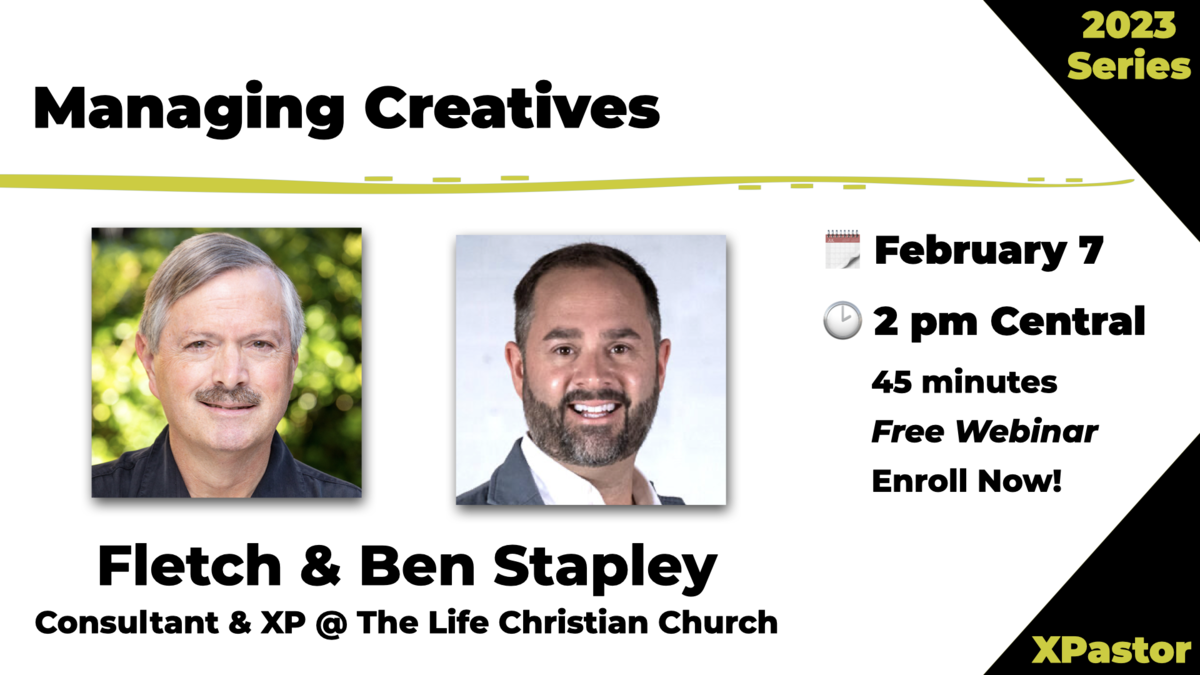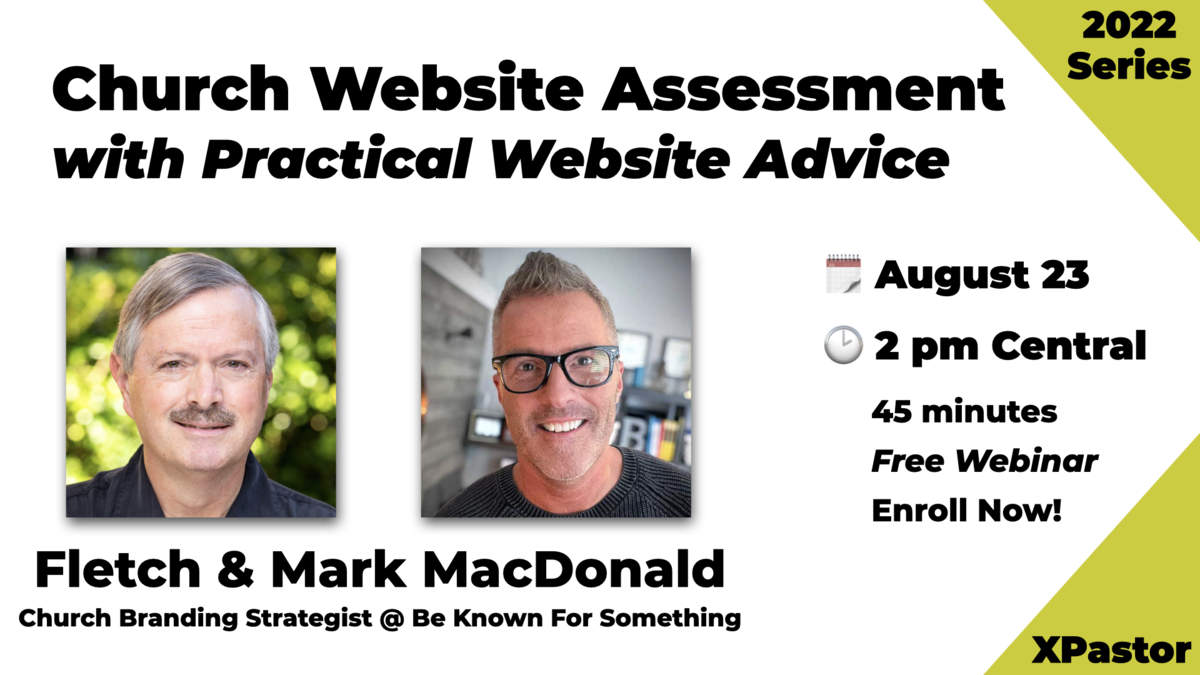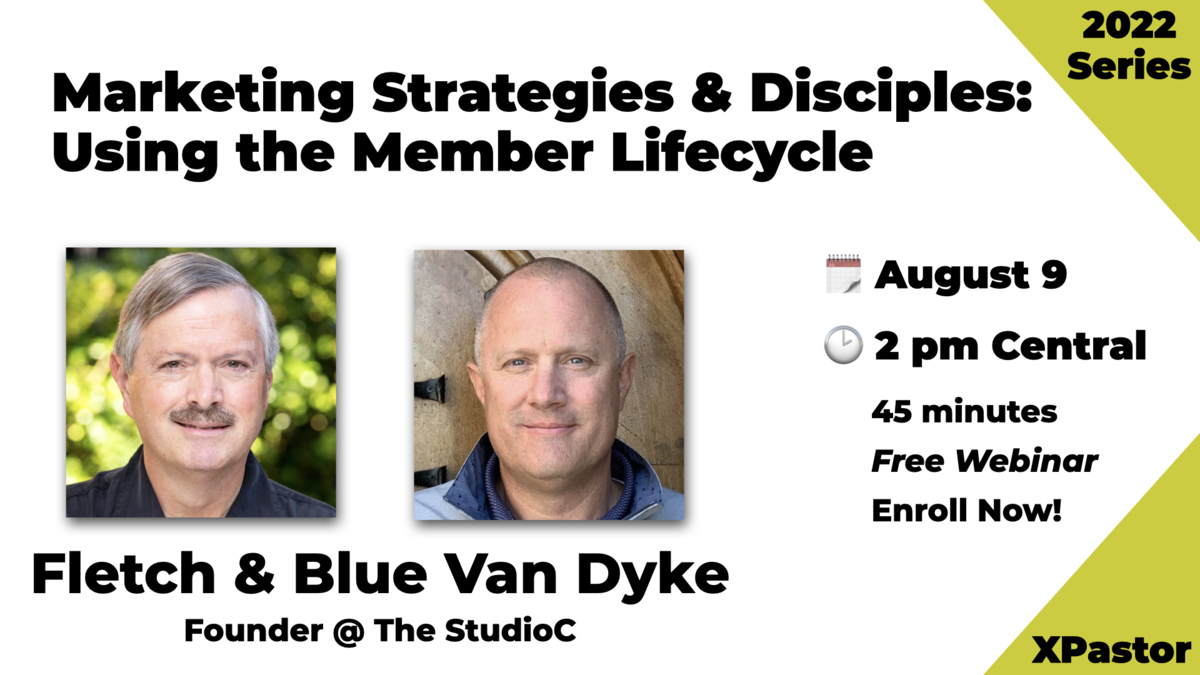Throughout the XPastor Online Course, I’ve learned one thing about communication in organizations—it takes a lot of work! Whether it’s a small team of staff members or a large group of assembled leaders, communication is essential to building a vital, healthy, and efficient organization. Not only is communication essential, clear communication will be what sets apart “just getting by” organizations from great ones. I’ll share a few things I learned regarding building a clear communication strategy, gleaned from the time I was able to spend in the course.
In some organizations, it can be difficult to figure out the message that needs to be communicated. Teams go back and forth on what to say, how to say it, and when to say it. It can be hard and confusing—and churches aren’t immune to this kind of thinking. As executive pastors, it’s our duty to take the vision, message, and mission of the senior pastor and leadership team and bring it to reality. That is the first building block on executing a clear and efficient communication strategy. One of the things I appreciated from this course was the session when Lead Pastor Mike Erre of EvFree Fullerton joined us. He was able to show us what it means to cast vision, utilizing the voice of the senior leader or pastor in an organization, especially a church. One thing I remember hearing throughout that class time was how close the executive pastor needs to be with the senior pastor—not just in their working relationship, but also in their personal relationships, creating an atmosphere where the two lean upon each other to communicate clearly across the congregation. The imagery I immediately thought of was the relationship between a captain and his first mate. They work together to stir the ship to the end goal. That takes clear and efficient communication and an understanding of relational dynamics.
It was also during this time that the modes of communication of an organization, specifically a church, were outlined. Previously, I hadn’t stopped to think how many ways a church communicates with staff and congregation members throughout the course of a week. Everything—from the pulpit/platform, to the bulletin, to the directional signage in the parking lot—all of it is communicating a message to the people who enter. That message needs to be as clear and concise as possible, eliminating the possibility of confusion and promoting a transparent message that is easily digestible. We use so many tools in church solely because we’ve used them for so long; it was through this time that I was able to look at the tools differently, beginning to craft a message that better communicates the vision of our church. This leads me to my next point, discussing the items that will help build an effective communication platform.
The class time with the helpful people from Church Community Builder helped me better understand the many tools available to help manage how we engage with our people and engage with the message being broadcast. One of the things that impressed me about Church Community Builder was their commitment to building a community that is able to engage, encourage, and empower congregation members and leaders to participate in the life of the church. Before these systems were developed, it took a lot of work to build intentional community focused around the message of the gospel. With the advent of these systems, church leaders were able to be more concise, surgical even, in their approach to connecting with people and communicating the message. Since the class, our church has begun to investigate using Church Community Builder, desiring to be intentional about creating community in the English congregation at our Chinese church. We are also exploring Planning Center Online to help in organizing our worship celebrations and events.
Another aspect of the class that I appreciated was John Travis and Andrew Hummell, from Reality LA; they shared the role of the web and social media in the life of the church. They were able to explain how every aspect of a church’s digital presence has to be clearly articulated. Many churches neglect their websites; at the other end of the spectrum, some churches put all their resources and energy into developing a website yet have no presence on social media outlets such as Facebook or Twitter. John and Andrew talked about how fragmentation is a big part in web presence and social media outlets. Churches need to make sure they are utilizing what fits their needs—and then use it well. Also, in one of the course assignments, analyzing and comparing other church websites to our own website was an eye-opening experience.
Lastly, I was able to learn a lot in regards to a communication policy. In the session with Kason Branch from Concord Church in Dallas, he helped me understand how to be clear on the policy of communication that a church should have, especially as it relates to the media and branding. In this respect, I never would have equated communication to a policy. However, his use of personal examples showed me how the proper parameters must be set up, especially in a large organization, so that the message is consistent across all outlets. While the church where I serve is not as big as Concord—and our senior and lead pastors aren’t globetrotting, speaking at different engagements—it did show me that an executive pastor or COO (like Kason), needs to be able to develop structures that protect the church operationally as the senior leader devotes much of his time to the vision for the church.
To sum it all up, the XPastor Communications Course opened up a world of options regarding strategy that I had not seen before. Sure, a bulletin can communicate a message or the preacher can speak a sermon on Sunday mornings. However, the question that this course prompted me to ask is, “Is it intentional?” That has helped me begin to shape my communication strategy, not only with the teams I lead, but with the teams I am on as well.











